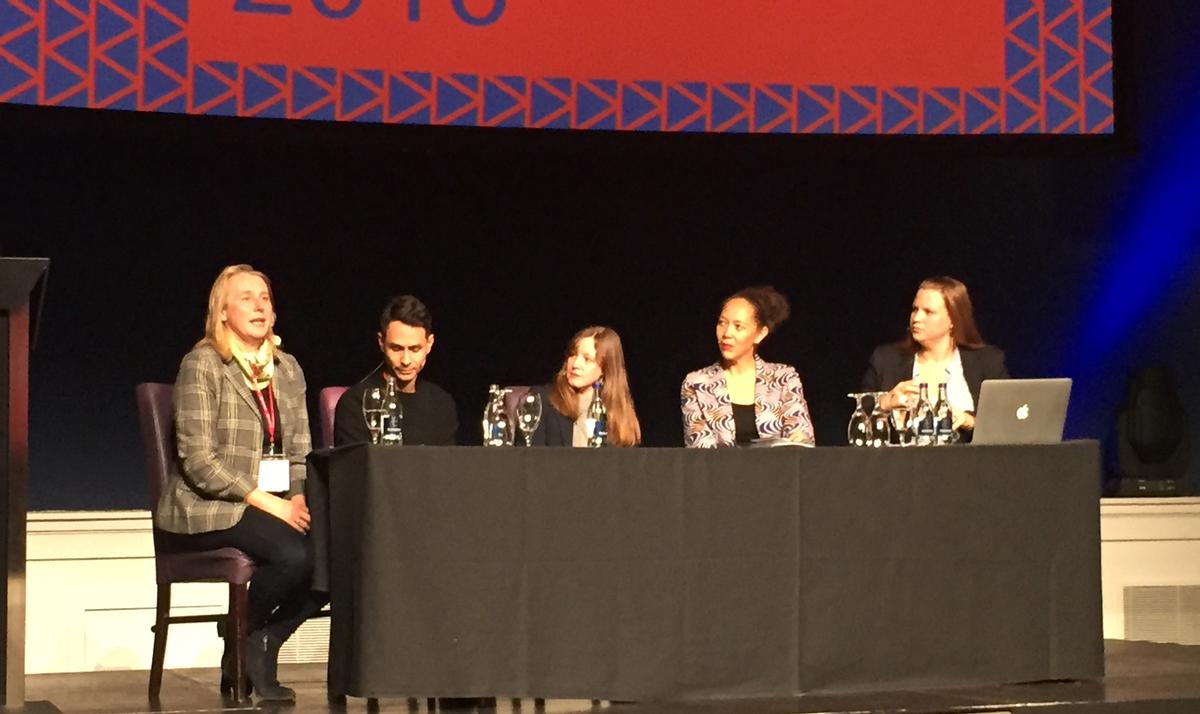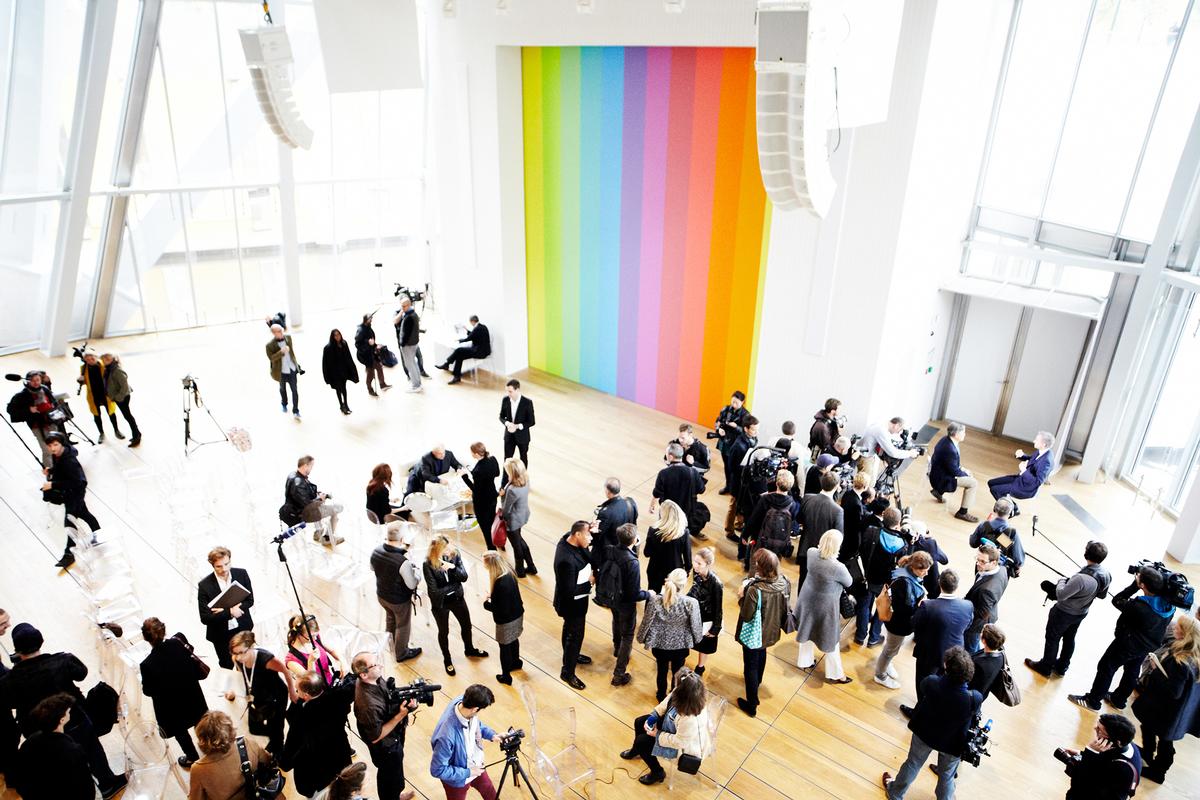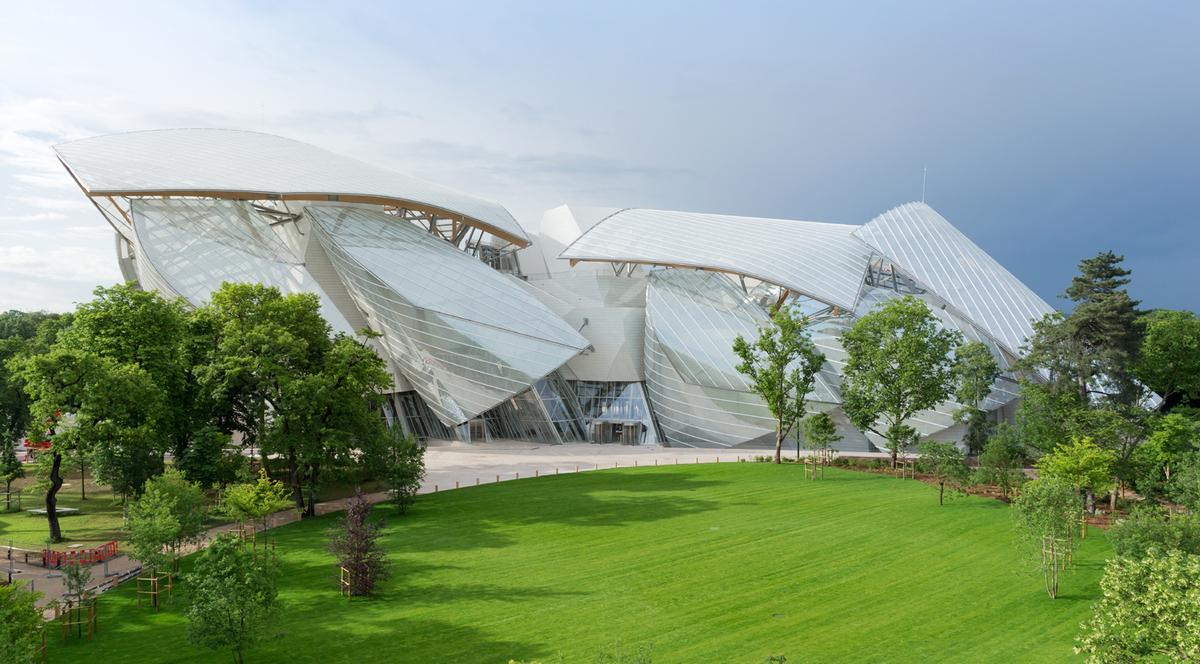see all jobs
Experts tackle non-museums in the museum sector at MuseumNext
A leading panel of experts have addressed 'non-Museums' moving into the museum space and how the sector should react to brand homes encroaching on its territory.
Speaking at last week’s MuseumNext conference in Dublin, the panel discussed the swelling museum marketplace and asked if that rise will foster greater collaborations between museums or just clutter the sector.
Notable brand homes-cum-museums that have opened up in recent times, include the Louis Vuitton Foundation (LVMH) in Paris. The Frank Gehry-designed building cost €100m (US$113.5m, £78m) to develop, with the architectural wonder resembling a “cloud of glass”. Acting as a venue for art and culture, the Louis Vuitton Foundation also acts a public home for the Louis Vuitton brand, creating a new type of museum experience.
“We should credit audiences for being able to distinguish between different types of museum and get different experiences out of it,” said National Museums Directors’ Council policy and projects manager, Katie Childs. “Their relationship and frequency of which they’re visiting something like LVMH might be quite different to their relationship with a museum in their local town.”
LVMH opened its doors in October 2014. Highlights of its collection includes works by Jean-Michel Basquiat, Gilbert & George and Jeff Koons. Since opening, in addition to running as a museum it acts as the venue for Louis Vuitton’s women’s spring/summer 2015 fashion show.
“It’s more about the audiences now, who have much more access to everything,” said Fiona Ross, founding director EPIC Ireland, which is set to open in Dublin’s CHQ Building in May.
“The ability to have a museum for someone like Louis Vuitton just seems like a natural extension of their brand. It’s another way for brands to engage with the public.
“I think if it brings more people to look at beautiful things and engage with museums, brand homes are a good thing. It changes the landscape but competition is definitely a good thing. It keeps us all on our toes.”
Ngaire Blankenberg, who is internationally recognised for her work planning innovative cultural spaces and acts as European director and principal consultant at Lord Cultural Resources, said that brand homes could be welcomed into the sector, but that they still need to run in the interest of the public.
“Networks are important, look at the Science Galleries for example,” she said. “I think there is room in a museum network for anybody. From my point of view, the issue is the idea of public benefit or public good. It’s not so much an issue of who’s behind the museum, but the policies in place to ensure a certain element of impartiality.”
With more and more museums opening all the time, Shannon Darrough, who leads the Department of Digital Media at New York’s Museum of Modern Art, said that it could be tough for smaller museums and added that cultural institutions would need to adapt with the times or risk running into choppy waters.
“We’re all competing for people’s attention, that Saturday afternoon so to speak,” he said. “As more and more people enter this field there’s more and more stuff to take up our time. I think it’s something we all have to learn, support and embrace. It will be challenging though. At MoMA, we’re lucky enough to be in a museum that has such a great collection and reputation, but for other places it could be tough.”
More News
- News by sector (all)
- All news
- Fitness
- Personal trainer
- Sport
- Spa
- Swimming
- Hospitality
- Entertainment & Gaming
- Commercial Leisure
- Property
- Architecture
- Design
- Tourism
- Travel
- Attractions
- Theme & Water Parks
- Arts & Culture
- Heritage & Museums
- Parks & Countryside
- Sales & Marketing
- Public Sector
- Training
- People
- Executive
- Apprenticeships
- Suppliers


















































